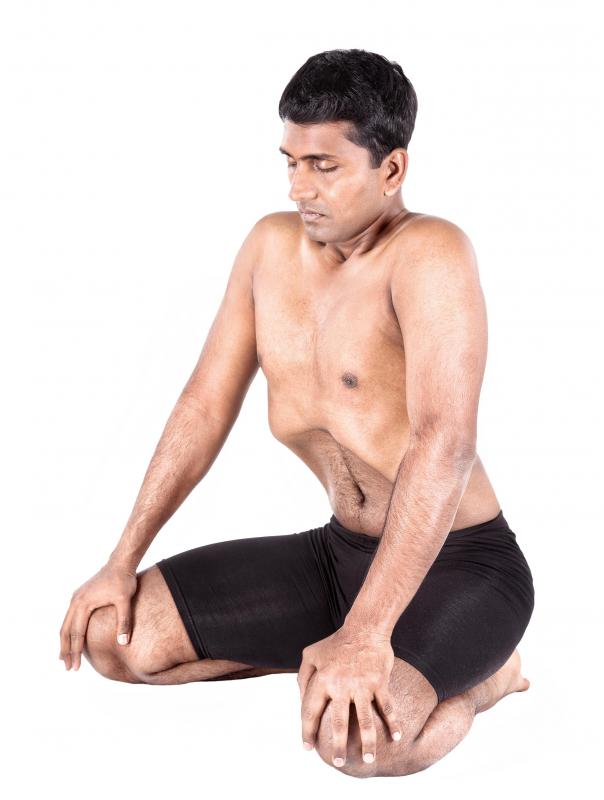At TheHealthBoard, we're committed to delivering accurate, trustworthy information. Our expert-authored content is rigorously fact-checked and sourced from credible authorities. Discover how we uphold the highest standards in providing you with reliable knowledge.
What is the Anatomy of the Respiratory System?
The respiratory system is the bodily system that maintains the act of breathing and the subsequent exchange of oxygen and carbon dioxide between the lungs and the blood vessels, which transport these gases to and from the body’s tissues. As its structure closely mirrors its function, the anatomy of the respiratory system comprises the airways, the path that air travels through the nostrils and mouth and into the trachea or windpipe; the lungs and, in mammals, the sacs they contain known as alveoli that facilitate the gaseous exchange; and the thoracic diaphragm, the muscle beneath the lungs that makes breathing possible. The respiratory system ensures that oxygen, a compound necessary to cellular metabolism or the breakdown of energy for use by cells, reaches the tissues that require it.
Beginning with the orifices of inhalation, the nostrils and mouth, the anatomy of the respiratory system includes these openings and the cavities within, which are collectively known as the upper respiratory tract. Once air enters the nose via the nostrils, it is pulled into a space just inside the nose known as the nasal vestibule and continues into the nasal cavity, a large space just behind the nose where inhaled air is brought to body temperature and filtered of dust, bacteria, and viruses by nasal mucus and tiny hair-like cells called cilia. This air then passes behind the horizontal plate dividing the nasal cavity and mouth that is known as the hard palate and enters the pharynx, or throat, immediately behind the mouth. Air inhaled through the mouth is pulled directly into the pharynx, the bottommost portion of the upper respiratory tract.

The second segment of the respiratory system is referred to simply as the airway or airways. Beginning with the larynx or voice box just below the pharynx, inhaled air travels through the trachea or windpipe to where it forks to form the bronchi, the paired airway for each lung. After entering the bronchi, the air encounters additional subdivisions of the airways into bronchioles, which resemble bare tree branches.

At the base of each bronchiole begins the third segment depicted by the anatomy of the respiratory system, the functional units of the lungs known as alveoli. Resembling broccoli heads on the ends of the stems that are the bronchioles, alveoli are made up of tinier stems known as alveolar ducts and small rounded cavities known as alveolar sacs. Within the alveolar sacs, the termination point of the flow of air into the lungs, are beds of microscopic blood vessels called capillaries. It is here that oxygen in the air enters the bloodstream via a process called diffusion in which the oxygen is exchanged through the alveolar membrane for carbon dioxide returned by the blood. That carbon dioxide, a byproduct of cellular metabolism, is released back into the atmosphere in exhaled air.

This entire process of inhalation is made possible by a major muscle included in the anatomy of the respiratory system, the thoracic diaphragm. A circular, parachute-shaped muscle found just beneath the lungs and filling the space contained by the bottom of the ribcage, the diaphragm facilitates inhalation by creating a vacuum when it contracts. In doing so, it pulls air into the lungs with the assistance of the external intercostals, muscles between each rib that enlarge the ribcage as a whole when they contract, allowing the expansion of the lungs.
AS FEATURED ON:
AS FEATURED ON:















Discuss this Article
Post your comments